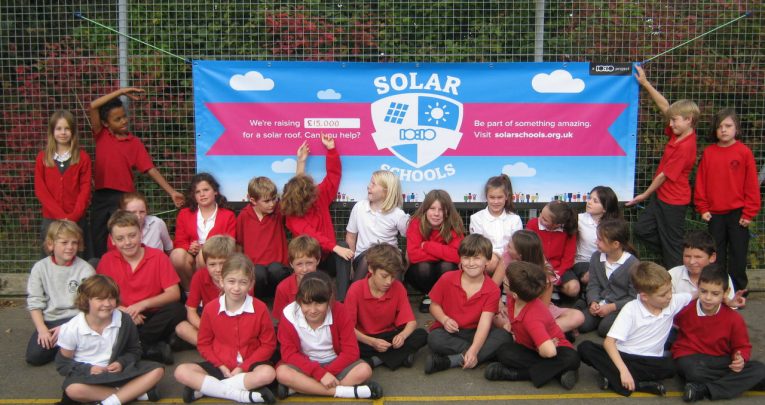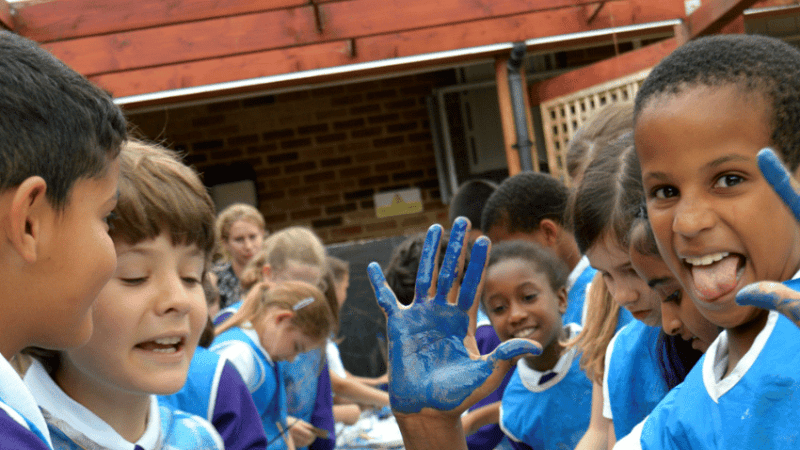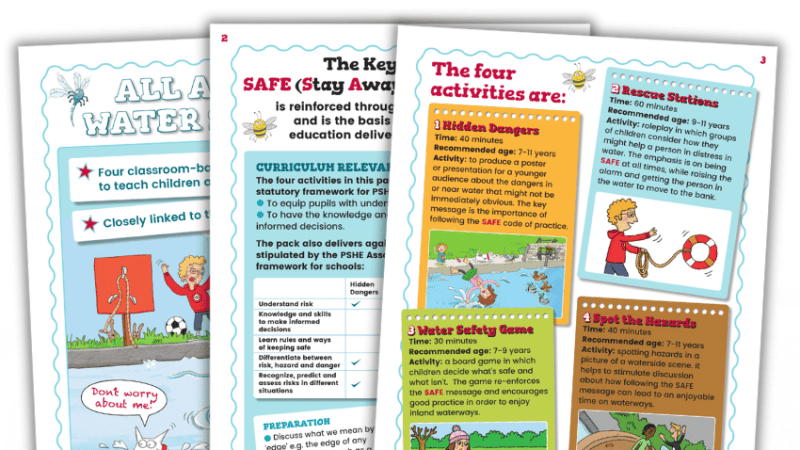Let the Sun In – how one Hampshire school supercharged its lessons with solar energy

Adam Stanley, assistant head teacher at Liss Junior School, looks back on the school’s involvement with the Solar Schools scheme Liss Junior School first became involved in the Solar Schools scheme as a result of a number of factors. Firstly, the children had just taken part in a transition project called ‘The School We’d Like’. […]
- by Adam Stanley

Adam Stanley, assistant head teacher at Liss Junior School, looks back on the school’s involvement with the Solar Schools scheme
Liss Junior School first became involved in the Solar Schools scheme as a result of a number of factors. Firstly, the children had just taken part in a transition project called ‘The School We’d Like’. This inspired a number of ‘green’ ideas, and the school governors were keen to capitalise on the enthusiasm generated.
One governor suggested that solar energy would be a good idea, and we found Solar Schools on the internet. After making contact with them and undergoing a very good training session, we launched the scheme to the whole school community at a special assembly.
Green thinking The installation took place over three days in May 2015 – helped by a great deal of cooperation from Hampshire County Council, who made sure we didn’t need planning permission to install the panels – and was completed at a cost of approximately £10,000. The installation was carried out during term time, but in an area of the school where the children don’t venture much. Because of the layout of the school (it’s on the side of a hill) the children were able to view the installation from the school field.
Our involvement in Solar Schools contributed a great deal to the school curriculum and fed into a number of assemblies on sustainable and environmentally friendly forms of energy. We examined how our heavy use of fossil fuels impacts negatively on countries elsewhere in the world, and compared the fact that we have energy on tap in the UK, whereas at our twinned school in Kafuro, Uganda there is no electricity at all. The Solar Schools project helped generate a strong interest in a number of other green projects, which have resulted in the redevelopment of our school grounds along green lines.
Ultimately, the school has benefited in many ways. There is the fact that we are saving on CO2 emissions; at the time of writing, we are approaching a saving of two tonnes. Then there is the knowledge that we are generating our own electricity. That means that we are contributing to the National Grid, which in turn will lead to cheaper electricity bills for the school. The savings we make will then be invested in other green projects.
The solar panels have also allowed us to develop some of our maths teaching through data handling. We have access to an electronic dashboard, which lets us analyse the energy produced by the panels over set periods of time, and even compare the output of individual panels.
Amazing journey There were no downsides to our involvement in the scheme, but obviously raising £10,000 is a challenge. However, it did provide a good opportunity for staff and children to develop their entrepreneurial skills. We had sponsored walks, discos, a Christmas market, school productions, cake sales and a solar sleepover, all to raise money. We also received a great deal of backing from our local community, with parents and businesses making donations.
Would we recommend the scheme to other schools? Absolutely! It has been an amazing journey which has helped focus the school, and everyone is really proud of the results. We were also incredibly well supported by 10:10, the charity behind Solar Schools, who provided lots of materials, support and advice.
For more information about the Solar Schools scheme, visit www.solarschools.org.uk











